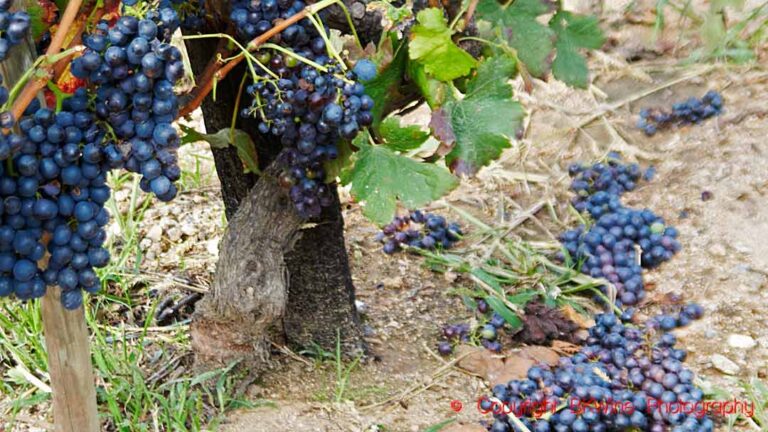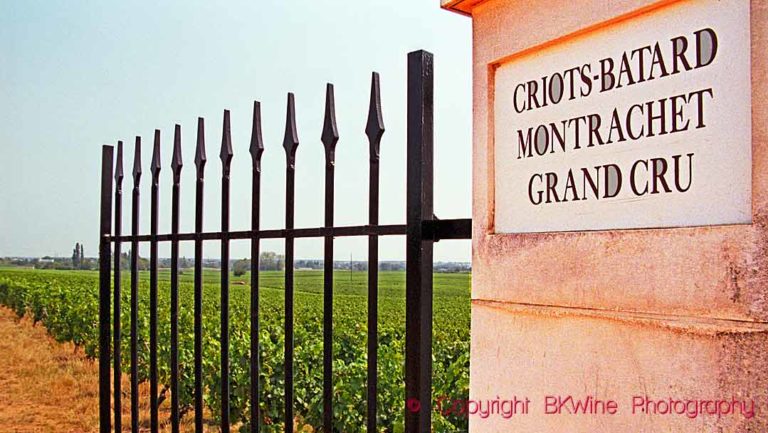The rootstock on which all our well-known grape varieties are grafted does not always get the attention it deserves. In fact, choosing the right rootstock is of the utmost importance as they can have different tolerances to drought, moisture, viral diseases, lime content in the soil and more.
Now that climate change threatens to change the conditions in the vineyards, the choice of rootstock has ended up higher on the agenda. In Burgundy, a project has started to test new rootstocks together with different grape varieties in various locations to ultimately arrive at which rootstocks the winegrowers should choose.
Until now, Burgundy has relied on only five different rootstocks. However, there are problems with several of them, especially the one called 161-49C (they rarely give catchy names to rootstocks). It is used on 12% of the area in Burgundy. Vines with this rootstock have been suffering for several years from a weakening that can lead to their death. But Burgundy also has problems with two other much used rootstocks, SO4 and 41B. So, a review of the rootstocks is much needed.
Read more: vins-bourgogne.












